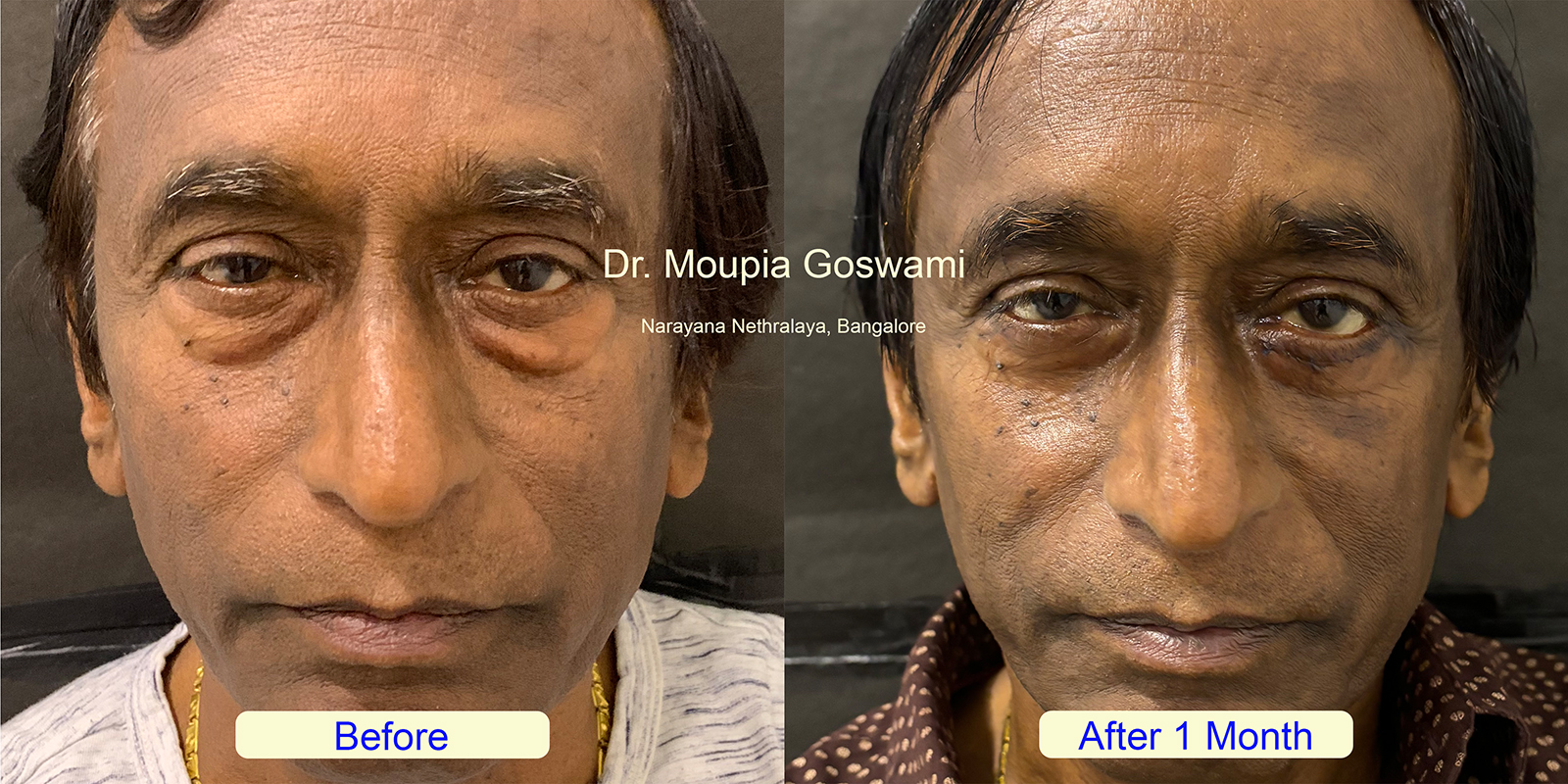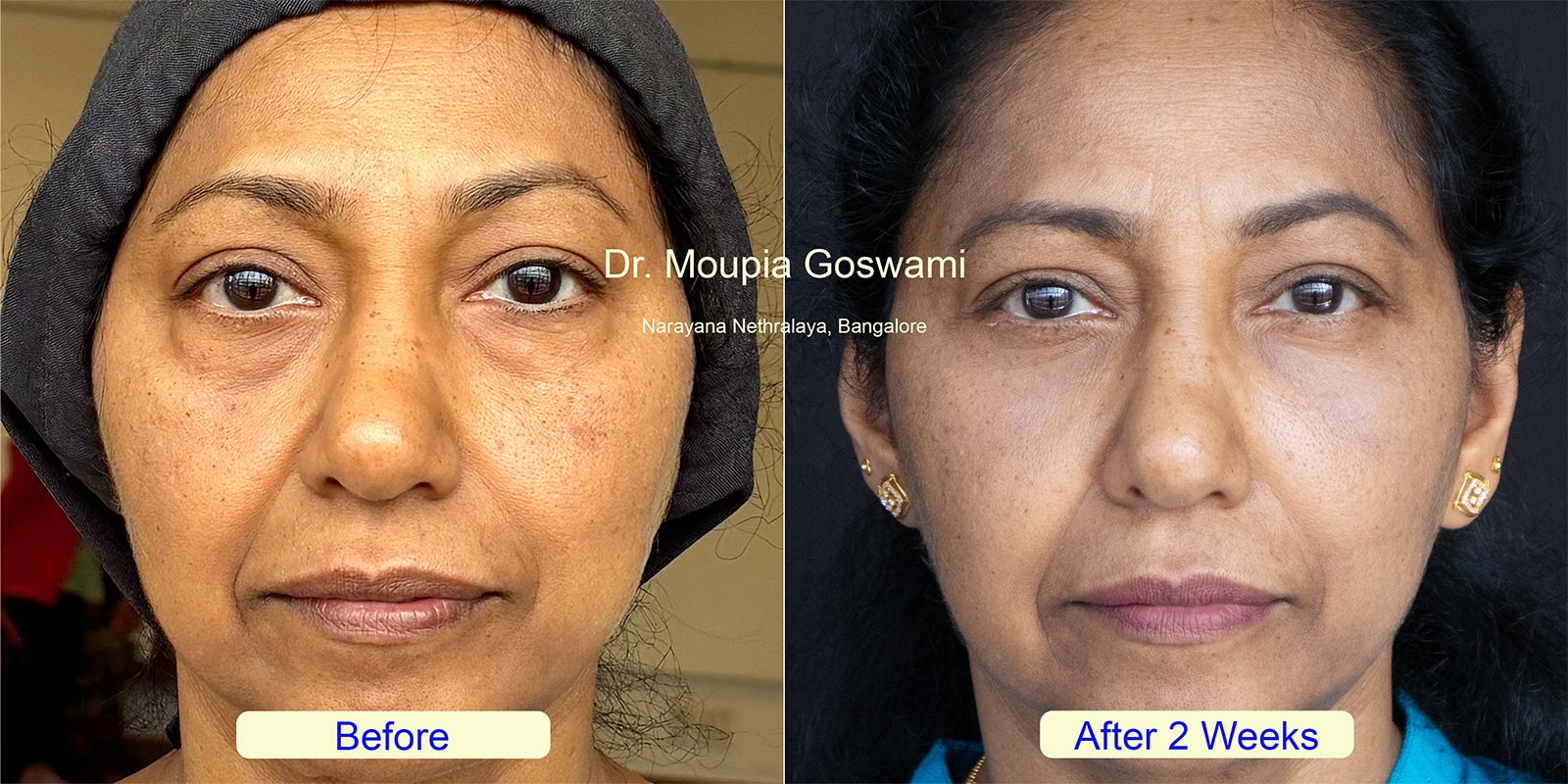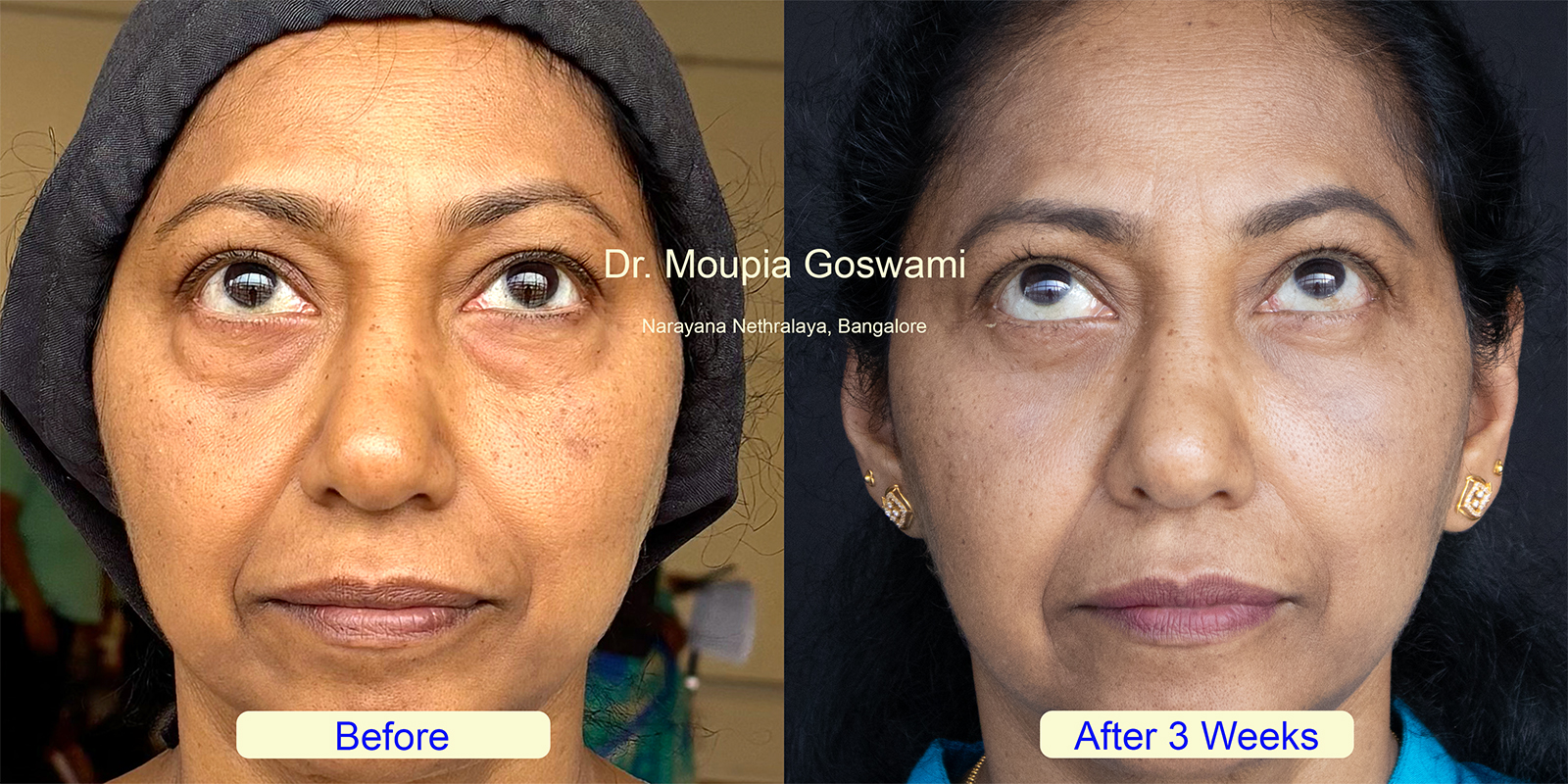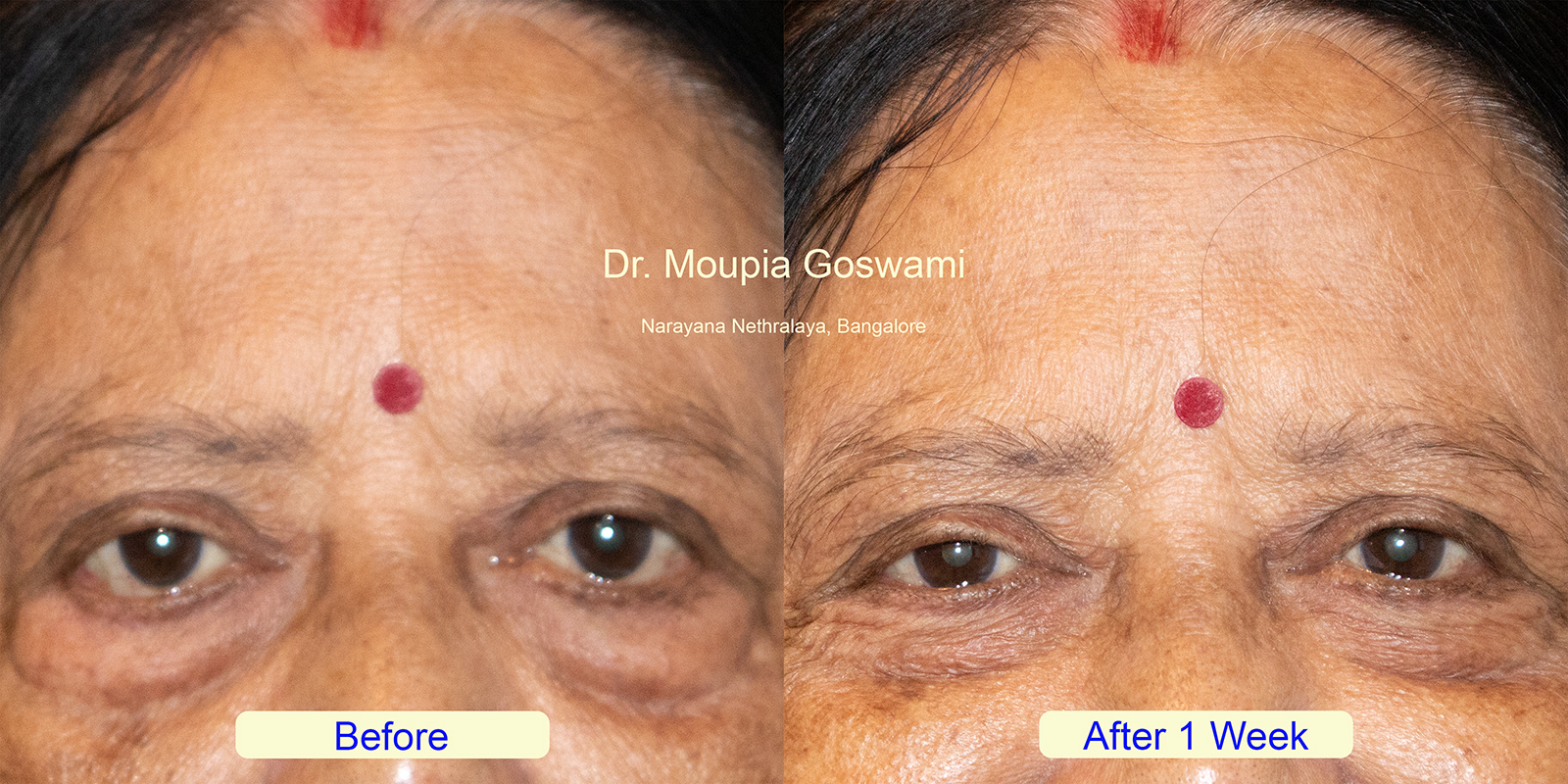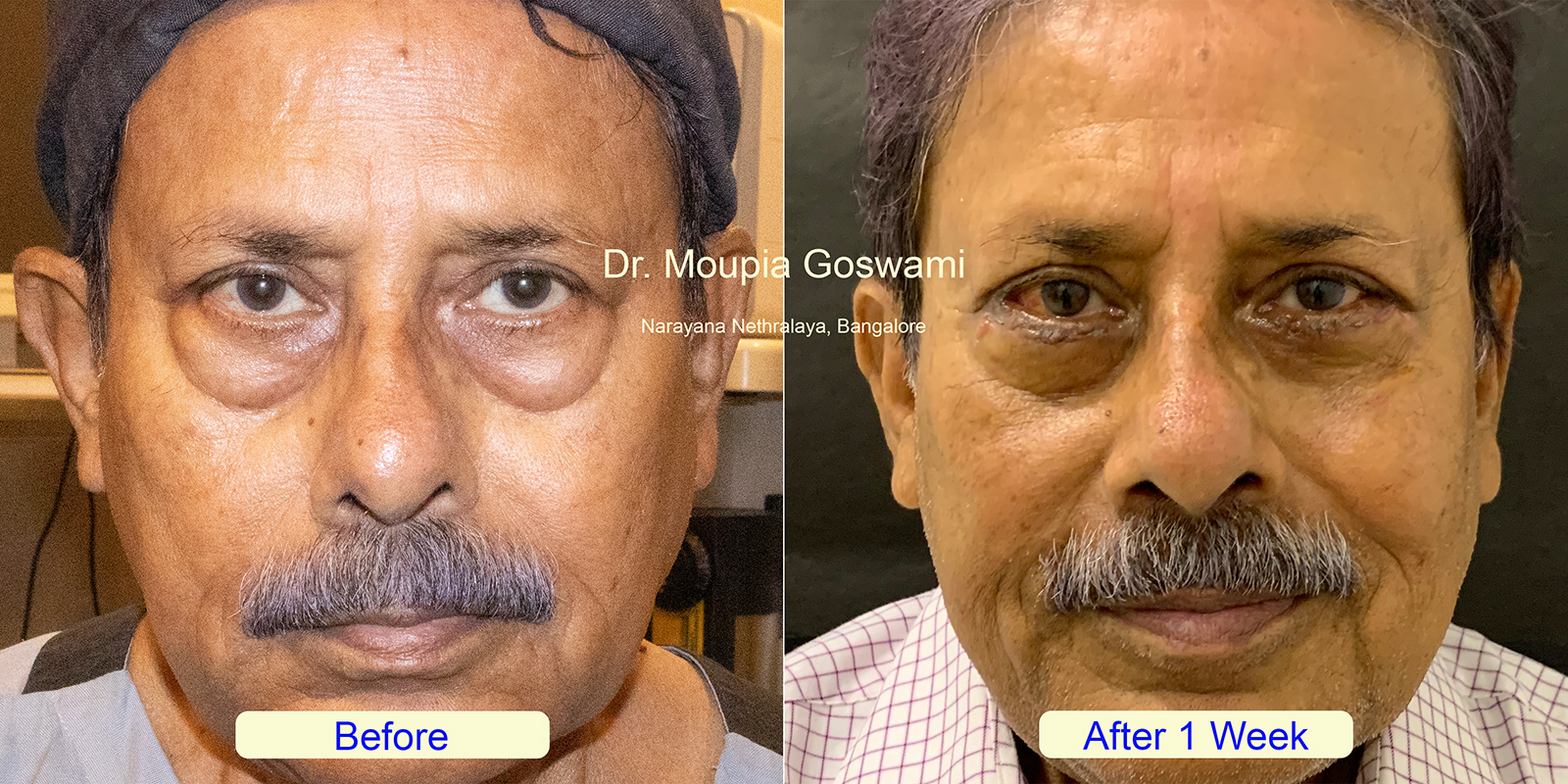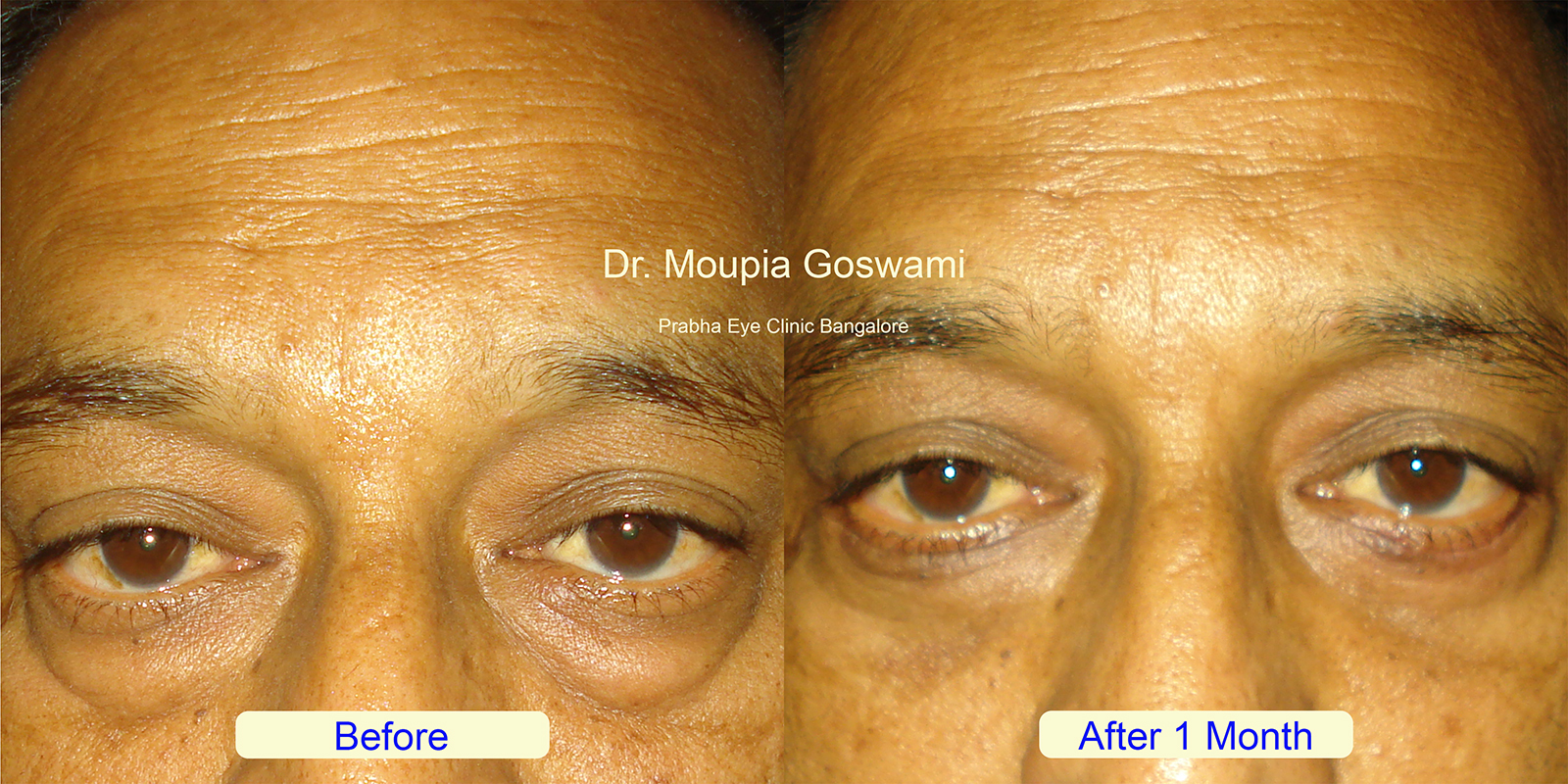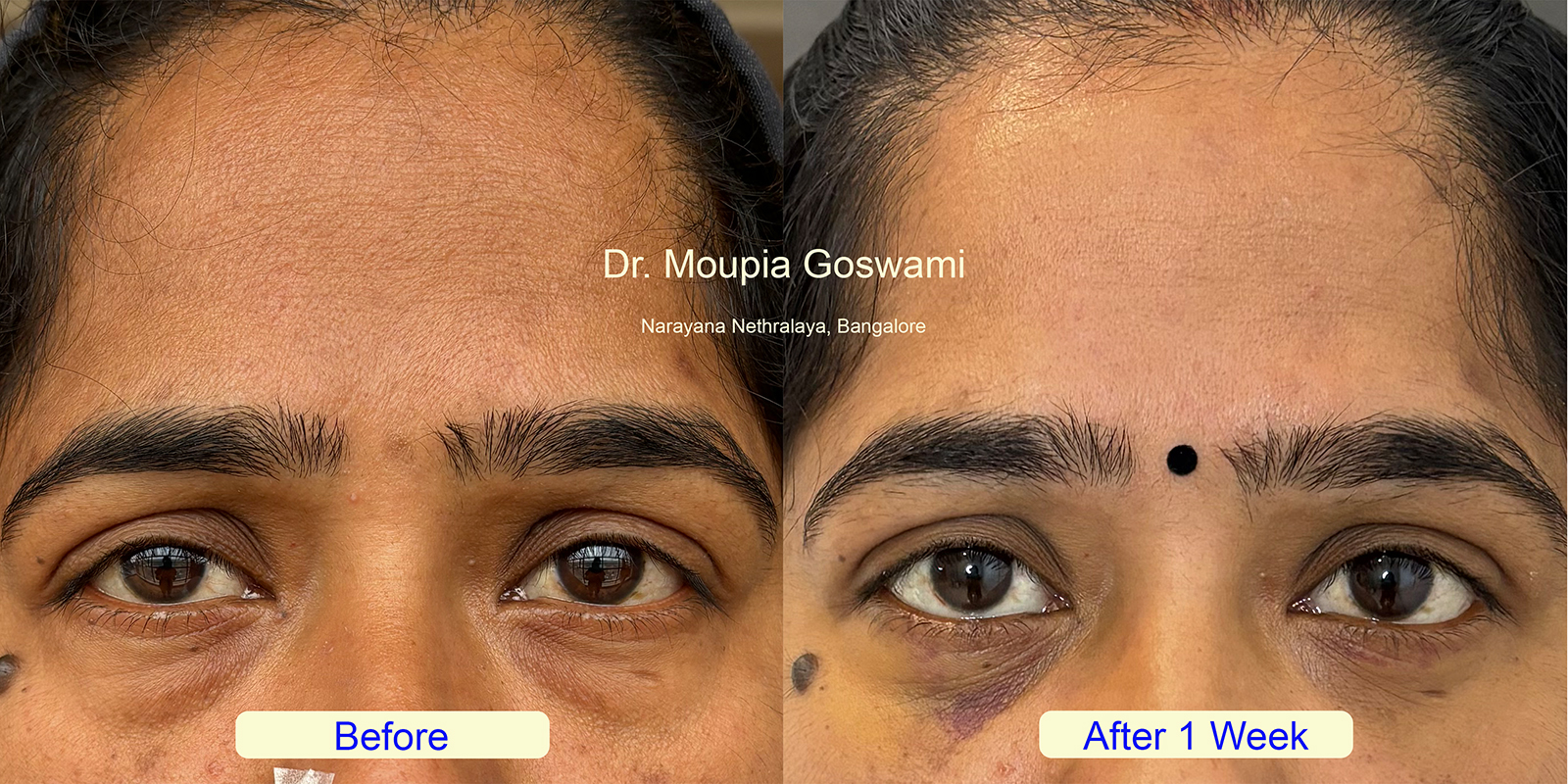Lower Lid Blepharoplasty, commonly known as lower eyelid surgery, is a cosmetic procedure designed to address under-eye concerns such as puffiness, sagging skin, and fat deposits. These issues often develop due to aging, genetics, or lifestyle factors, resulting in a tired or aged appearance. This procedure focuses on creating a smoother and more youthful contour beneath the eyes.
The surgery is customized to each individual’s needs, ensuring natural-looking results that enhance the overall appearance while maintaining facial harmony. Lower Lid Blepharoplasty is an effective solution for those seeking to reduce under-eye bags and restore a refreshed and rejuvenated look. For more information about the techniques, candidacy, and recovery process, refer to the additional sections on this page.
